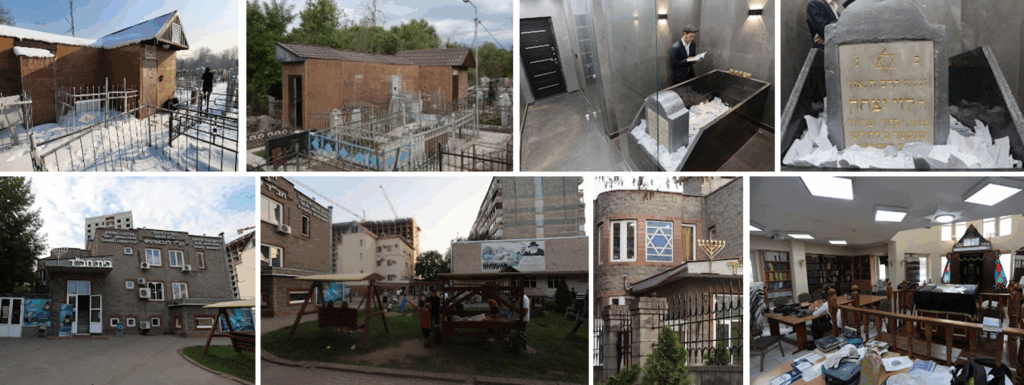
Vayetze (וַיֵּצֵא – “He went out”)
Genesis 28:10 – 32:3 – Sephardi: Hosea 11:7 – 12:12 – Ashkenazi: Hosea 12:13 – 14:10
Ya‘aqov leaves Be’er-Sheva for Haran. On the way, he dreams of a ladder reaching from earth to heaven, a sign of divine presence. Arriving in Haran, he meets Raḥel near a well, rolls away the stone covering it, and waters the flock of his uncle Lavan.
He establishes his family by marrying Lea and Raḥel. Despite the deceptions of his father-in-law, Ya‘aqov prospers. After twenty years of service, he sets out again toward the land of his ancestors.
In the haftara, the prophet Hosea recalls that Ya‘aqov labored to obtain Raḥel and tended the flocks, emphasizing his perseverance and faithfulness.
Genesis 29:10
וַיָּגֶל אֶת-הָאֶבֶן מֵעַל פִּי הַבְּאֵר
“… He rolled the stone from the mouth of the well…”
In 1961, during construction work on the road to Fiumicino airport, the remains of the synagogue of Ostia, Ostia Antica, were uncovered. It is one of the oldest Jewish religious buildings discovered in the western Mediterranean, and the only one preserved among the twelve known in ancient Rome.
Under the direction of Maria Floriani Squarciapino[1], the excavations revealed a prayer hall, columns decorated with menorot, a podium for Torah reading, and a well. This well shows that the synagogue was not limited to liturgical space but incorporated essential functions of communal life.
Dated to the late 1st or early 2nd century, the synagogue was enlarged during the 2nd century and later transformed in the 4th century. Since 2001, it has been the subject of renewed research led by the University of Texas. In 2009, the discovery of an inscription mentioning the Fabii Longi Iudaei[2] in the necropolis helped reconstruct the history of the Jewish community of Ostia. In 2024–2025, excavations uncovered a semi‑subterranean mikveh about 1,600 years old, accompanied by ritual objects, confirming the continuity of religious practices and the importance of the synagogue as a communal center.
[1] Maria Floriani Squarciapino (1917–2003), Italian archaeologist specializing in Ostia and ancient Rome. She directed the excavations of the Ostia Antica synagogue and published La sinagoga di Ostia (Rome, 1962).
[2] The inscription mentioning the Fabii Longi Iudaei, discovered in 2009 in the Ostia necropolis, attests to the existence of a Jewish family bearing a classical Latin name (gens Fabia, cognomen Longus) and explicitly identified as “Jews.” The Latin transcription reads: Q(uintus) Fabius Longus et Fabi(a) Oppia et Fabi(a) Secunda Iudaei. Dated to the Julio-Claudian period (27 BCE – 68 CE), it is one of the earliest epigraphic testimonies of Jewish presence in Ostia, illustrating both the integration of Jews into Roman society and the affirmation of their religious identity.


